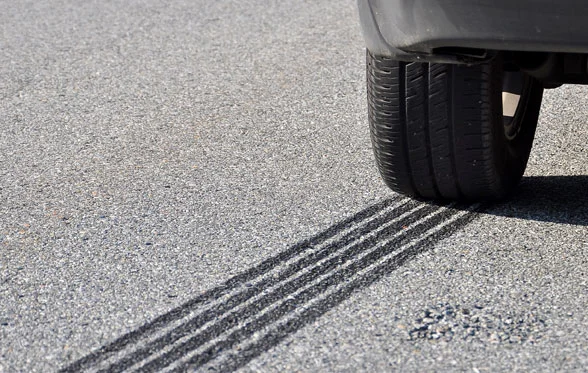On November 21, 2013 NHTSA published a Notice of Proposed Rulemaking (NPRM) (Vol. 78, Number 225; FR Docket No. NHTSA 2013-0118) that proposes to amend 49 CFR Part 572 - Anthropomorphic Test Devices by adding a 3 year old child side impact test dummy. This NPRM proposes to add specifications and qualification requirements for an anthropomorphic test device (ATD) representing a 3-year old child called the Q3s side impact test dummy. NHTSA plans to use the Q3s to test child restraint systems to new side impact performance requirements which NHTSA will propose to adopt into the Federal Motor Vehicle Safety Standard for child restraint systems (FMVSS 213) by way of a separate NPRM. Adopting side impact protection requirements is consistent with a statutory provision set forth in the "Moving Ahead for Progress in the 21st Century Act (MAP-21)" (July 6, 2012) that the Agency issue a Final Rule to improve the protection of children seated in child restraint systems during side impacts.
The Q3s is a modified version of a European side impact dummy. If the proposal is adopted, the Q3s would be specified in a new subpart W of 49 CFR Part572. This NPRM proposes incorporating by reference a parts list, a set of design drawings, and a "Procedures for Assembly, Disassembly and Inspection (PADI)" document, to ensure that all Q3s are the same in their design and construction. Subpart W would specify performance tests that serve to assure that the Q3s responses are within the established qualification corridors and further assure the uniformity of dummy assembly, structural integrity, consistency of response, and adequacy of instrumentation. These specifications ensure the repeatability and reproducibility of the dummy's impact response in child restraint compliance tests. The Agency plans to propose adding a side impact test to FMVSS No. 213, one in which child restraint systems (CRSs) sold for children weighing up to 18 kilograms (kg) (40 pounds (lb)) must protect the child occupant in a dynamic sled test simulating a vehicle-to-vehicle side impact. NHTSA is considering using the Q3s to test child restraints recommended for children in a weight range that includes 10 kg to 18 kg (22 to 40 lb). NHTSA is considering using the Q3s to measure the risk of head injury by way of a head injury criterion (HIC) (computed within a specified timeframe, e.g., 15 millisecond (ms) (HIC15)), and the risk of chest injury using thorax deflection as a criterion. The Agency seeks to adopt an ATD that is suitable for use in regulatory tests with demonstrated repeatability, reproducibility, and durability. Within a test laboratory, the ATD would be practical to handle and maintain. The dummy would be available at a reasonable cost. The Agency has tentatively concluded that the dummy is a reliable test device that will provide valuable data in assessing the potential for injury in side impacts and is suitable for incorporation into Part 572.
This NPRM proposes only one new test not found elsewhere in Part 572 and that is a method to assure the functionality of the Q3s neck under torsion. This is a fairly simple procedure added to assure that the neck is repeatable under twist. The test involves the use of a special test fixture attached to the Part 572 pendulum which imparts a pure torsion moment to the isolated neck. Additionally, a few minor changes to established Part 572 protocol and equipment have been introduced to improve the ease and consistency of the qualification tests.
NHTSA has not included a qualification test aimed specifically at the Q3s abdomen. They tentatively believe that any non-uniformity in stiffness due to the absence of a qualification requirement for the abdomen would have an insignificant effect on the overall kinematics of the dummy in a side impact test. Also, the abdomen of the Q3s is not instrumented and is thus not generally used to assess injury potential in a side impact. Nevertheless, comments are requested on the need for a qualification test for the abdomen.
The Agency considered the merits of alternative test dummies for use in the side impact test under consideration for FMVSS No. 213. The closest viable alternatives were the modified Hybrid III 3-year-old child test dummy (HIII- 3C) and the Q3. The Agency tentatively concludes that the improved biofidelity and additional injury assessment capability of the Q3s compared to the other commercially available child side impact test dummies supports a decision to adopt the Q3s into 49 CFR Part 572. The Q3s is a state-of-the-art device that would allow for a better assessment of the risk of injury to child occupants than the alternative test dummies. The availability of Q3s injury measuring capability also is important to the design, development and evaluation of the side impact protection of child restraint systems. The Q3s test dummy is available today, and has been thoroughly evaluated for suitable reproducibility and repeatability of results.
The proposed effective date for this NPRM is for the Code of Federal Regulations to be amended 60 days after publication of the Final Rule.
Comments on this NPRM must be received by NHTSA by January 21, 2014.
